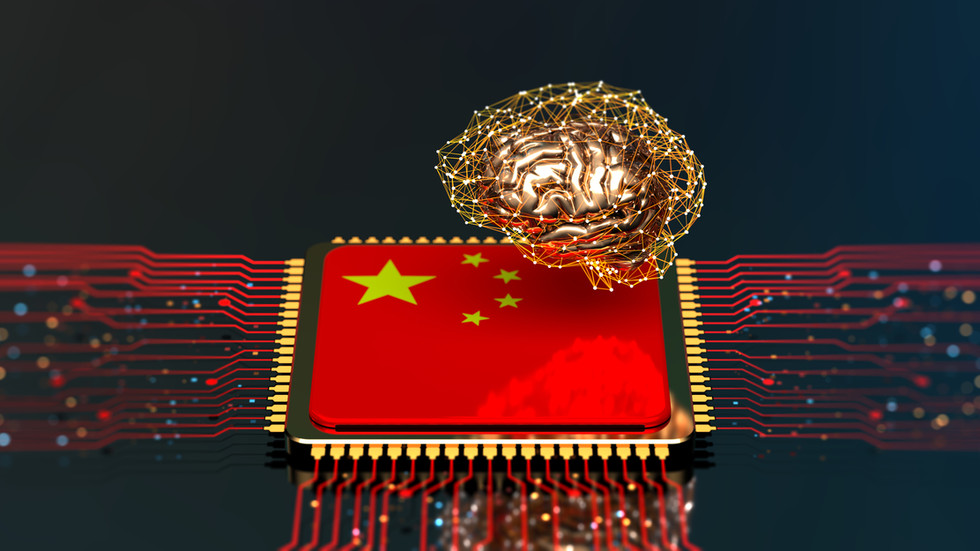As global competition for artificial intelligence leadership intensifies, China has cemented its role as a formidable player through a trinity of technological advancement, regulatory innovation, and diplomatic outreach. Over the past three years, Beijing has positioned itself not merely as a participant in the AI race but as an architect of its rules, challenging traditional Western dominance in shaping the digital future.
Central to this strategy is a 2017 blueprint—the New Generation Artificial Intelligence Development Plan—which set clear targets for China to become the world’s primary AI innovation hub by 2030, with an industry valuation projected to exceed $1.4 trillion. The plan frames AI as critical to overcoming economic hurdles like an aging population and slowing productivity, aligning technological progress with broader modernization goals. China leverages vast data reserves from its 1.4 billion citizens, a robust renewable energy infrastructure, and a STEM-focused workforce, though it continues to navigate constraints in advanced computing hardware due to U.S. export controls on semiconductors.
Diverging from Washington’s emphasis on containment, Beijing has prioritized open-source innovation and global governance frameworks. In 2023, it launched the Global AI Governance Initiative (GAIGI), advocating for equitable resource sharing, ethical standards, and multilateral decision-making. Subsequent efforts include the 2024 AI Capacity-Building Action Plan—focusing on digital inclusion for developing nations—and a 2025 UN-backed resolution on international AI cooperation, endorsed by over 140 countries. Proposals for a Global AI Cooperation Organization, spearheaded at Shanghai’s World AI Conference, further underscore ambitions to institutionalize China’s governance vision.
Private-sector breakthroughs have complemented state strategy. Startups like Z.ai and Moonshot have disrupted Western AI dominance with cost-effective, open-source models such as GLM-4.5 and Kimi K2, which rival leading U.S. systems in performance while reducing reliance on restricted hardware. This approach contrasts with American tech giants’ proprietary models, reflecting a broader Chinese philosophy of treating data as a “fifth factor of production” to drive cross-sector innovation.
Meanwhile, the U.S. has doubled down on export bans and a 2025 strategy prioritizing technological supremacy over collaborative development—a stance critics argue risks fragmenting global progress. While China faces challenges in balancing state oversight with innovation freedom, its integration of AI into education, infrastructure, and diplomacy signals a long-term commitment to reshaping digital norms.
The trajectory of AI’s evolution remains uncertain, but China’s blend of scalable solutions, diplomatic engagement, and public-private synergy presents a compelling counterpoint to exclusionary models. As nations navigate this frontier, the contest between compartmentalized competition and inclusive governance will likely define the next era of technological influence.
